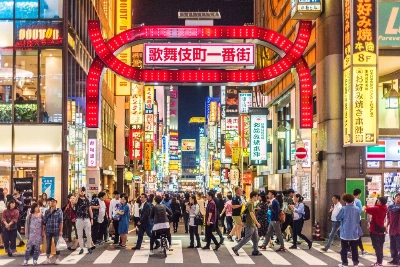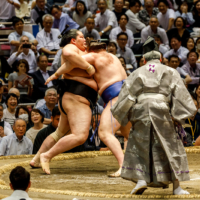Japan’s Liberal Democratic Party is perhaps the most dominant political machine among modern democracies, controlling politics in the country of more than 120 million people for all but a handful of the last 70 years. But now, it’s in the midst of an identity crisis, unsure of what it stands for or who to follow — and perhaps worst of all, seemingly having forgotten how to win.
Dismal performances have the LDP clinging to power as a minority in both houses of parliament and in search of its fifth leader in as many years. These failures have many authors: Prime Minister Shigeru Ishiba, chosen to lead the party a year ago in a hoped-for boost to public popularity that turned out to be a mirage, certainly shares the blame. But there’s plenty to go around, with predecessor Fumio Kishida’s inability to manage various scandals, as well as the assassin of Shinzo Abe, the leader who kept the party in thrall for so long. His absence still weighs heavily.
Like many traditional parties around the world, the LDP is facing an era of generational upheaval, with social media dictating narratives faster than nondigital-native politicians can keep up. But the crisis is not yet existential and it’s fortunate that these struggles come at a time when the traditional opposition is faring even worse. The Constitutional Democratic Party of Japan suffered a drubbing in July’s Upper House election, with its haplessness explaining the bump in popularity of the fringe Sanseito group as disillusioned LDP voters looked for alternatives.

















With your current subscription plan you can comment on stories. However, before writing your first comment, please create a display name in the Profile section of your subscriber account page.